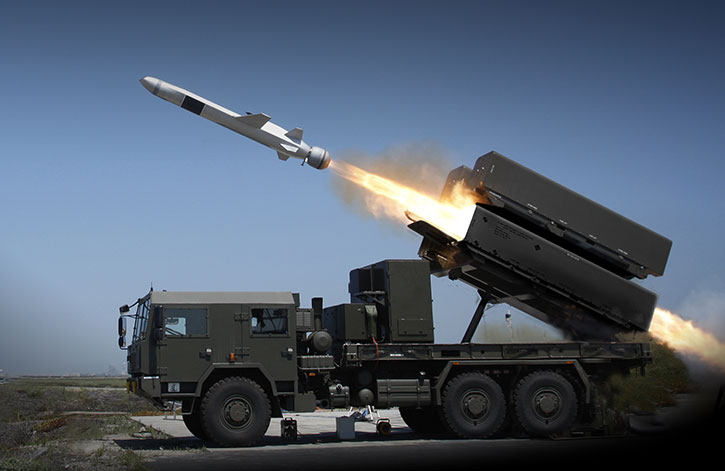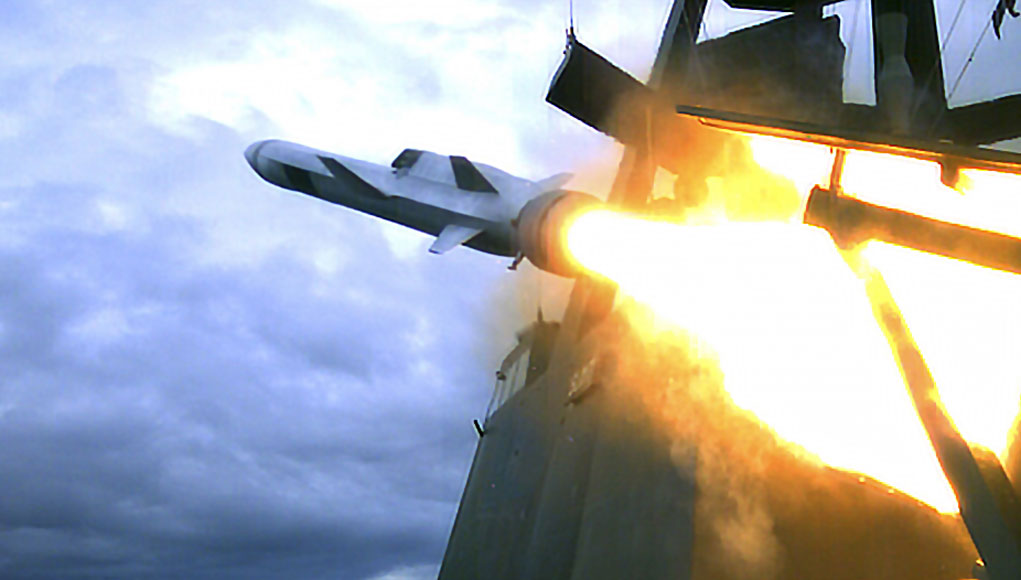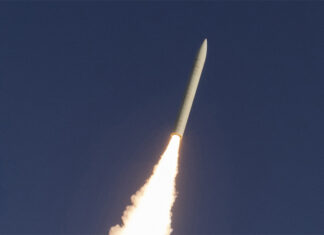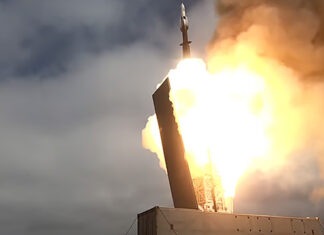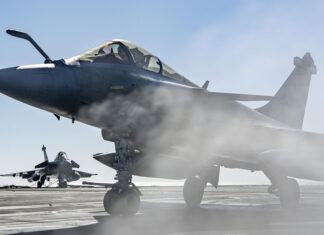Last week the U.S. Navy selected the Norwegian Naval Strike Missile (NSM) developed by Kongsberg Defense & Aerospace to provide the fleet of Littoral Combat Ships (LCS) of the U.S. Navy with an Offensive Anti-Surface Warfare (OASuW) capability engaging hostile ships and land targets at ranges of 200 and beyond.
The current award worth US$14.8 million funds the procurement of missiles, launchers and control systems for the first ships of the classes. Acquisition of follow-on sets will be procured as part of options, potentially bringing the contract value to $847.6 million. Designed and built by the Kongsberg Group in Norway, the NSM has been fielded at sea in 2012 on the Norwegian Navy Skjold corvettes and by the Polish coastal defense forces.
Raytheon plans to manufacture missiles and their components in the USA and has already begun production of the missile launchers at its factory in Louisville, Kentucky. “Raytheon and Kongsberg are providing the Navy with a proven, off-the-shelf solution that exceeds requirements for the over-the-horizon mission,” said Dr. Taylor W. Lawrence, president of Raytheon Missile Systems. “Because it is operational now, NSM saves the United States billions of dollars in development costs and creates new high-tech jobs in this country.”
Adding an offensive over-the-horizon capability is essential for the LCS to address the US Navy’s Distributed Lethality (DT) strategy. The Navy defines DT as the capability to strike from any ship and at any place in the world. The Navy considers that deploying offensive weapons on as many U.S. ships as possible would complicate an enemy’s ability to attack.
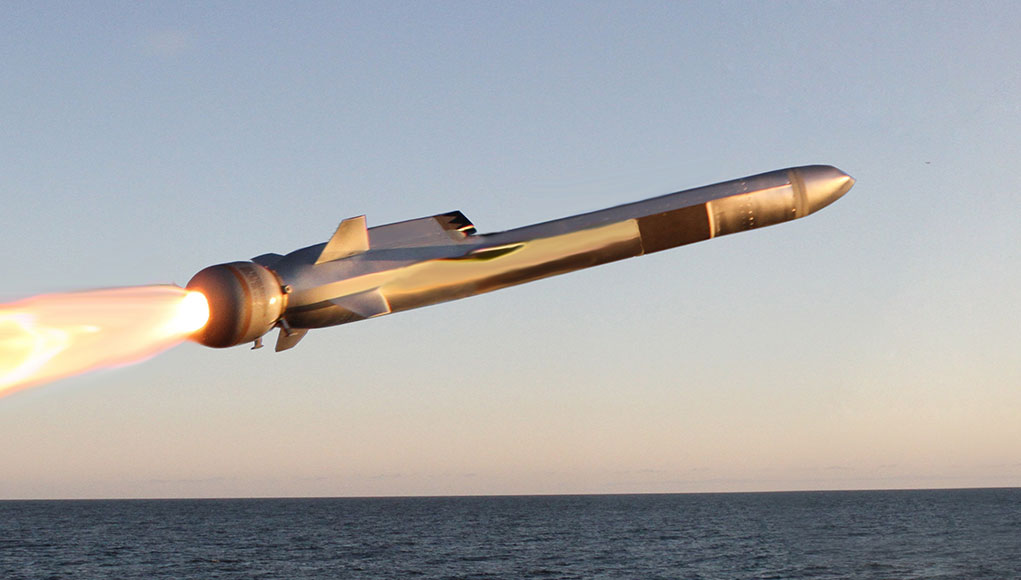

The missile will deploy on the two classes of LCS in service – the Freedom and Independence. Both classes were designed as modular vessels that can be prepared for multiple missions by quickly changing mission packages (MP) that come in kits of vehicles, sensors, and weapons, and contained in standard ISO containers carried in the aft.
The littoral combat ship was designed to carry out multiple missions in littoral areas, assuring maritime access for other forces. As such, its tasks were to search and engage diesel submarines, locate sea mines, combat piracy and repel attacks by fast attack boats. But the vessel was not designed to face large combatants of any kind. Its surface warfare (SUW) MP relies on short-range weapons, including the Longbow/Hellfire missiles that can be launched from the MH-60R armed helicopter operating on board, or from containerized missile launchers (this capability is expected to become operational in 2019). Two Mk 48 30mm guns turrets are also part of the SUW-MP, along with the 57mm deck gun that is a standard issue for that ship. With these weapons, the LCS has a limited offensive capability to face more challenging threats over the horizon.
The lack of offensive capability for the LCS was obvious when the DT strategy was introduced brought the U.S. Navy to study possible enhancements for the vessel. Based on the successful evaluation of the Norwegian missile in 2014 under the Foreign Comparative Test Program, when Raytheon teamed with Kongsberg demonstrated the NSM on the LCS USS Coronado. As part of these enhancements, the evaluated several missiles, including a surface-launched variant of the Long Range Anti-Ship Missile (LRASM) and advanced version of the Harpoon. Unlike the two U.S. systems that required significant developments (that also offered many advantages) the Norwegian missile was based on a mature product that promised to have the lowest risk meeting the tight schedule for fielding with the LCS fleet.
The 407 kg missile uses a low-observable design to minimize its radar signature, through the use of low-observable shapes made of composite materials, eliminating detection from long range. Its cruising speed is 0.7 Mach, accelerating to 0.95 Mach in the terminal phase of the flight. The enhanced high explosive warhead weighs 227 kg (500 Lb.), over half of the weight is the explosive charge. The titanium casing, perforated steel fragmentation layers, and programmable fuse make the rest of the weight. The missile uses an advanced seeker and automatic target identification technology to assure a high probability of mission success. Highly accurate INS provides precise navigation in a satellite-denied environment. Through the terminal phase of flight, the missile flies a low-altitude sea-skimming flight profile to evade enemy detection.
The missile uses a high-resolution infrared seeker to ensure a high probability of target detection and identification, its high maneuverability enables effective evasion techniques even at the terminal phase of flight. The use of an imaging seeker enables the user to designate specific hit points on the target. Through the testing phases, the missile has demonstrated the capability to hit anywhere within two feet of the designated target.
A unique feature embedded in the NSM its the scalable effect. Prior to launch, at the mission planning phase, users can determine the effect they want to inflict on the target. Such setting will determine the location of the hit, fusing delay, attack angle and other parameters that contribute to determining the weapon’s lethality and effect.
